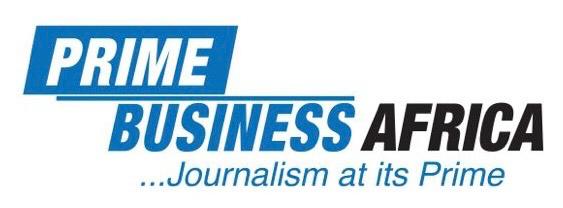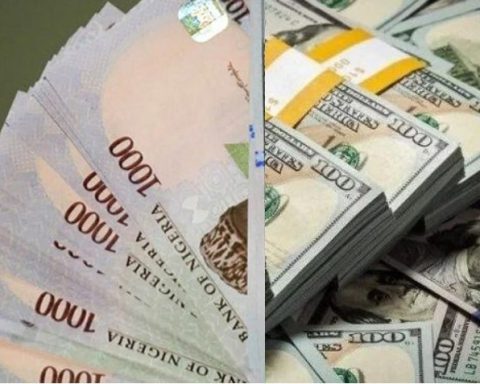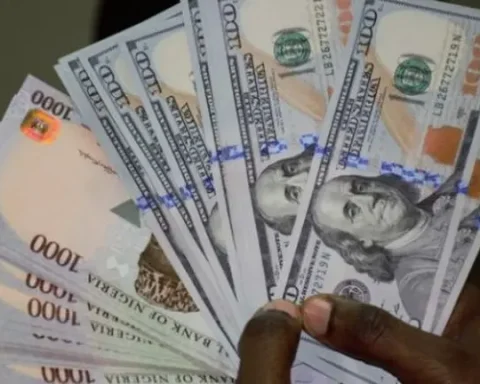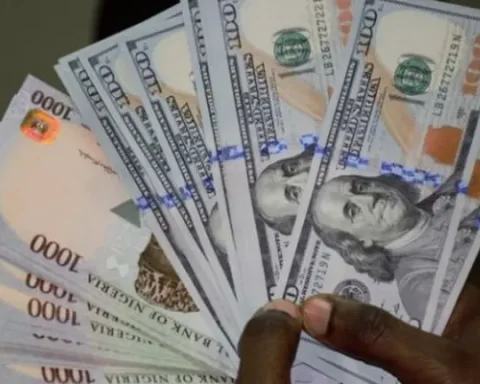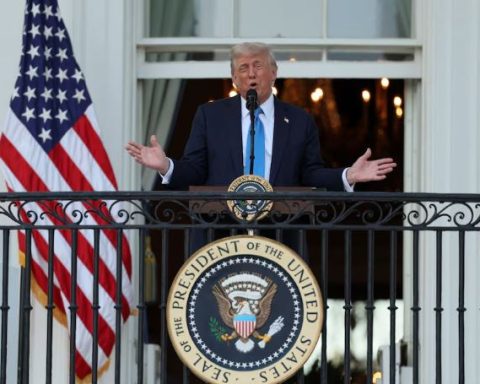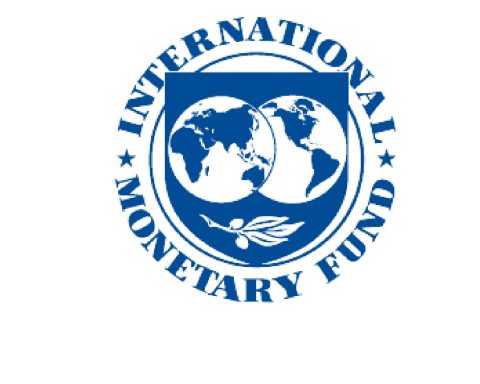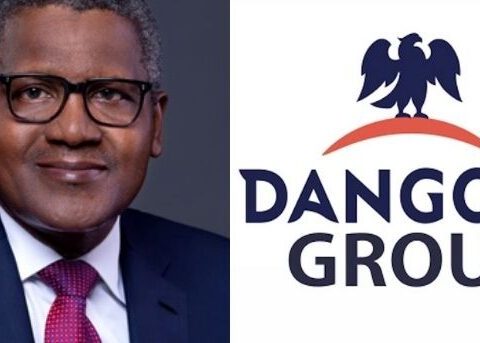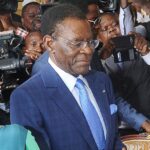Though the naira has been struggling in the foreign exchange market, it remained relatively stable on both the official and black market segments last week.
The exchange at the official market was between ₦1,599.94 and ₦1,602 per dollar.
Join our WhatsApp ChannelAccording to the Central Bank of Nigeria (CBN) data for the Nigeria Foreign Exchange Market (NFEM) rate, the naira had started trading last week on Monday, 28 April with a minimal loss of 0.02 per cent. It however remained relatively static for three trading days, from Monday to Wednesday, April 30, when it traded at ₦1,599.95, ₦1,599.71, and ₦1,596.69, respectively.
READ ALSO: How Nigeria’s External Reserves Rose By 5.6% To $38.8bn In 2024 — CBN
The local currency recorded a slight depreciation on Friday, after the Workers’ Day public holiday on Thursday, May 1. It traded at N1,602.18 per the dollar, against ₦1,596.68 on Wednesday.
On the parallel market, also known as black market, the naira traded between ₦1,605 and ₦1,610 per dollar. Unlike previous weeks, the naira exchange rate also remained relatively static in this segment of the Forex market.
The CBN has tried to unify rates, but gaps between the official and parallel markets persist.
The stability of the Nigerian naira in the foreign exchange market has been a major concern for the government, businesses, and investors due to persistent volatility, depreciation, and liquidity challenges. Many factors influence the naira’s value including government’s forex policies, FX crunch caused by limited supply of U.S. dollars (USD) in the official market to meet high demand for dollars by importers, manufacturers, and individuals seeking forex for education, healthcare, and travel. Also, crude oil earnings contribute (as oil exports account for over 90% of Nigeria’s FX earnings, making the naira vulnerable to global oil price fluctuations), and market speculations.
Speaking at the conclusion of the 2025 Spring Meetings of the International Monetary Fund (IMF) and the World Bank Group in Washington D.C., last two weeks, CBN Governor, Dr Olayemi Cardoso, said naira has stabilised at a more sustainable level, with the gap between the official and parallel market exchange rates disappearing. Cardoso attributed the development to what he described as “disciplined” reforms undertaken by the CBN.
“The once-wide gap between the official and parallel market rates has all but disappeared, a first in Nigeria’s recent history, and speculative arbitrage has all but vanished,” Cardoso said, noting that the measures implemented have significantly curtailed market distortions.
Also, a recent assessment by the World Bank, affirmed the growing stability of Nigeria’s local currency. The World Bank Group attributed the improvement to a series of government policies, enhanced foreign exchange liquidity, and reduced volatility in the market.
“Improved foreign exchange liquidity and reduced volatility have led to a more stable naira so far this year,”it States in its latest assessment
Cardoso went on to say that the regained currency stability has been essential in boosting independent inflows through official financial channels and reviving investor confidence. The apex bank governor emphasised that by diversifying Nigeria’s foreign exchange sources beyond its conventional reliance on oil earnings, these inflows are contributing to the country’s financial stability.
A report released by Afrinvest Securities Limited, noted that the relative stability was largely due to the CBN’s frequent interventions aimed at bridging the liquidity shortfall in the FX market.
What to Expect this week
Analysts believe that for naira to remain stable at the Forex market will depend on sustaining strong liquidity levels to meet FX demands.
There are concerns that sustaining the momentum poses a challenge, as the CBN’s capacity to maintain its intervention is constrained by dwindling resources. Afrinvest pointed out that there is a drop in inflows from two of Nigeria’s major FX accretion sources- crude oil sales and portfolio investment flows.
Analysts also warned that sustaining the intervention in the FX market amid inflows takes a toll on Nigeria’s foreign exchange reserves. After dropping from the $38 billion mark, the foreign reserve has been oscillating between $37.93 billion and $37.89 billion.
Notwithstanding these challenges, the naira’s performance so far in 2025 indicates a more stable and predictable foreign exchange situation than the chaos of prior years.
Victor Ezeja is a passionate journalist with seven years of experience writing on economy, politics and energy. He holds a Master's degree in Mass Communication.
